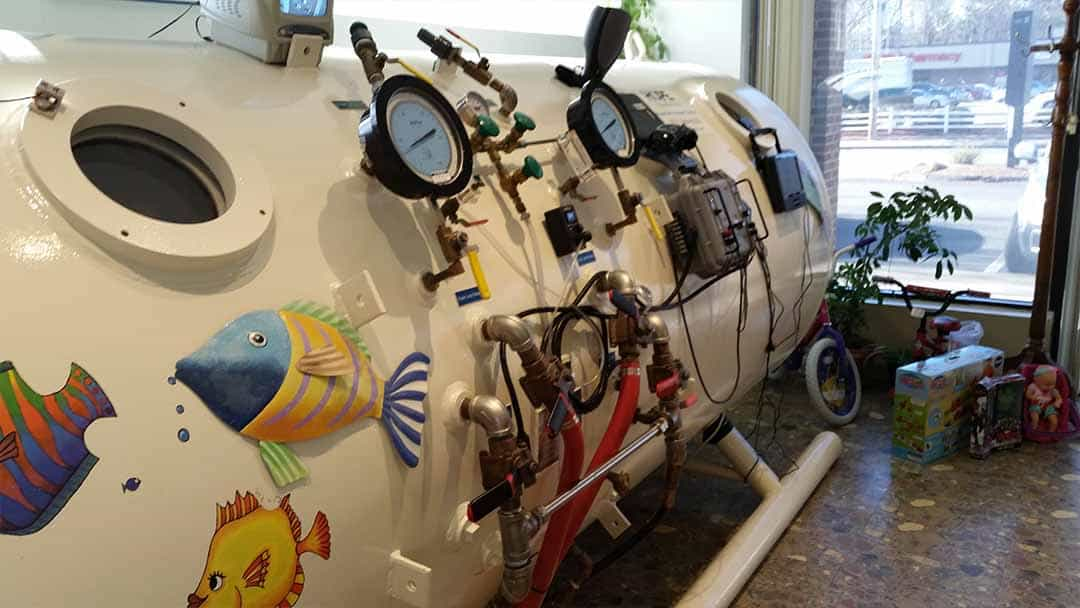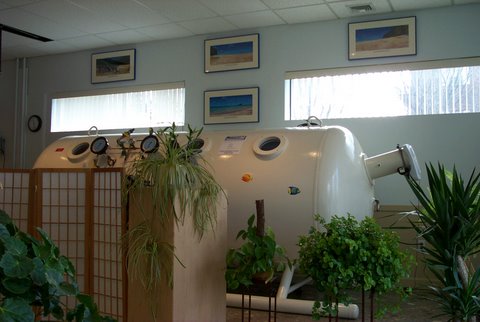HBOT Frequently Asked Questions
What is HBOT?
Hyperbaric oxygen (HBO) is the delivery of 100% oxygen in a pressurized environment (a chamber): the person breathes 100% hospital grade oxygen while sitting comfortably and relaxed in a chamber (usually watching a movie or reading). It’s easy, safe, drug-free, and proven for certain conditions.
HOPE Connection was founded by 2 families who were traveling out of the country for HBOT sessions (for their children), until they decided to build a safe environment locally, for all families.
Is HBOT new?
HBOT is not new. It has literally been in practice since the early 1900s and its history goes back to the 1600s. In Europe and throughout the world, hyperbarics is used at many hospitals for many conditions. In the US, hyperbarics can be found in just about every single hospital (and some ambulances, even!), but hospitals generally only offer it for wound-healing and diabetic ulcer, for the most part.
You may have heard of it in the context of a professional sports athlete using it, or you may have come across it through a parent or a caregiver. However you learned about HBOT (hyperbaric oxygen), it’s just good that you found us! There are just 2 multi-place chambers (a multi-place chamber is one that can fit multiple persons) in Massachusetts and only a couple throughout the New England area.
Why haven’t I heard of it before?
HBOT is not well known by the medical community, because it is not taught in all medical schools in the US, and no one large group is lobbying the medical community to look at HBOT and all its benefits and successes. No one company owns oxygen, which means it is up to parents and caregivers to bring it to the medical community. There is a small and rapidly growing, hyperbaric medical community of MDs, DOs, and nurses.
What is HBO used for?
Why is it helpful?
Mounting evidence tells us that only through a pressurized environment will oxygen-starved tissues (as seen in instances of poor circulation) begin receiving the oxygen they need (tissue growth actually occurs).
At HOPE Connection, patients receive hyperbaric oxygen (HBO) while sitting comfortably in a multi-place or mono-chamber (we do not use flexible, portable, or collapsible chambers), breathing 100% oxygen in an increased atmospheric pressure environment. During your session (from one hour to two hours, depending on your prescription), you can relax by watching movies, reading, or listening to music. Our certified chamber technologists monitor you from the control station. Through speakers and microphones, you will always be able to communicate easily to anyone waiting for you outside the chamber.
How does hyperbaric oxygen (HBO) work?
Is it expensive?
We offer our client-patients sessions at a very low cost and also offer financial aid; costs, in general, range from $100 to $150 per hour (sometimes less, but not more than $150 per session (one hour). The cost of NOT incorporating HBOT into your medical plan far outweighs the investment in HBOT for you or your loved one.
Is HBO painful?
Do I need a doctor's prescription to begin HBO?
What are some of the risks associated with HBO?
What are the contraindications to using HBO?
What's it like 'diving' in a chamber? Is it scary?
No. It’s best described as something new and unfamiliar. If you have been on an airplane, you’re pretty much 90% experienced with hyperbaric. An airplane is generally pressurized to an altitude of 8,000 feet, but a chamber – for all the conditions cited on these pages – is just pressurized to approximately 16 to 18 feet. You can think of it as being underwater at a depth of 16 to 18 feet. If you’ve snorkeled or scuba-dived, you know that your ears need to be cleared until you’re at a stable depth. It’s no different. Parents whose children will be diving are encouraged to take as many test dives as necessary to get comfortable. We want you to be safe and comfortable with our highly maintained equipment. The person running the chamber is called the chamber operator, and (s)he’s a certified operator with a background in healthcare and a fully registered Massachusetts EMT. We maintain high standards for certification and safety and make client-patient care and comfort our primary goal.
A typical session lasts one-hour and twenty minutes and gives the client/patient a full hour of 100% oxygen at the goal depth. During the session, you will be able to see and talk to anyone inside and/or outside the chamber. You will be able to watch a DVD of any program you choose to bring into HOPE, and you can play games and/or read during your hour. As HBOT ‘divers’ ourselves, we understand the importance of being comfortable and content; this is almost a prerequisite to healing, we believe.
Certain clients/patients require assistance getting into and out of the chamber, and this is true for us as parents and caregivers; to that end, we’re always here to assist with the heavy lifting, so to speak.
We encourage you to visit and meet some of our former and current ‘divers.’

